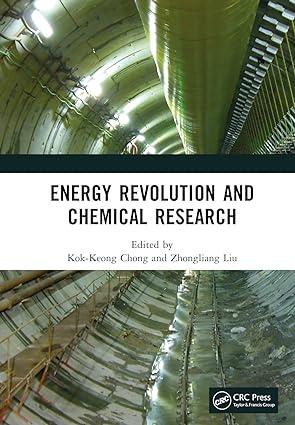Answered step by step
Verified Expert Solution
Question
1 Approved Answer
If the density of the liquid polymer is 0.9 g/cm3 and the density of the solid cured polymer is 0.96, what will be the thickness

If the density of the liquid polymer is 0.9 g/cm3 and the density of the solid cured polymer is 0.96, what will be the thickness of the polymer on each of the top and bottom faces of the metal sheet after the sheet has left the die and the polymer has had a chance to solidify? You will need to account for density and velocity profile differences between the polymer inside and out of the die. Hint: You need to do a mass balance on the flow resin in the die and the flow if solidified polymer on the metal sheet.
A continuous sheet of metal that is 2mm thick and 50mm wide is coated on both sides with an uncured polymer. The coating is done by pulling the sheet through a die whose thickness is 3mm, length is 100 mm, and whose width is 50mm. The pulling speed is 1m/s. The viscosity of the liquid polymer throughout the die is given by the chart below (Figure 4). The thermoset resin cures after exiting the die in a separate curing operation and forms a solid coating on each side of the metal sheet. Figure 4 - Log10 viscosity as a function of log10 shear rate for the thermoset polymer in this question. Fig. 1 - Cross-sectional view of the coating die showing the metal sheet of thickness (Tha) being pulled through a die whose length and thickness are Lo and T0, respectively at a speed of V. The width of the sheet and die are not visible in this view. The polymer being dragged through the die is shown in redStep by Step Solution
There are 3 Steps involved in it
Step: 1

Get Instant Access to Expert-Tailored Solutions
See step-by-step solutions with expert insights and AI powered tools for academic success
Step: 2

Step: 3

Ace Your Homework with AI
Get the answers you need in no time with our AI-driven, step-by-step assistance
Get Started


